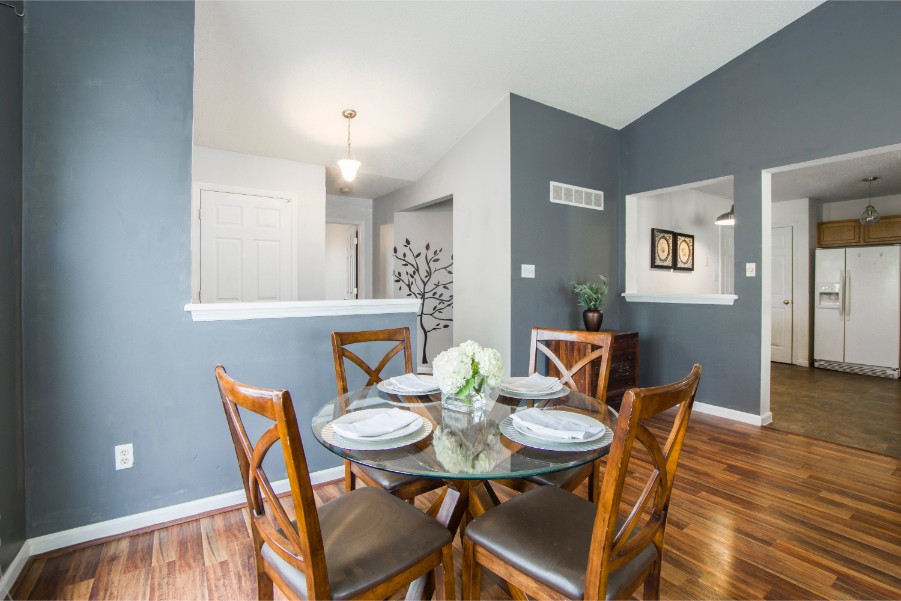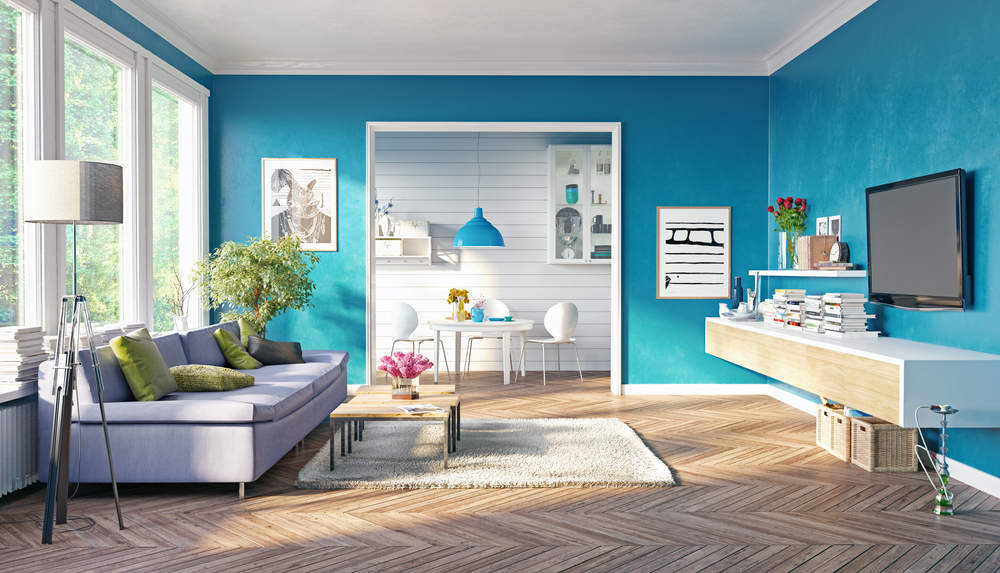Enhance Your Interior Decoration With Comprehensive Shade Assessment
The assimilation of color assessment right into indoor layout presents a special opportunity to fine-tune and raise the visual and psychological vibration of a room. By involving with a seasoned color specialist, you can navigate the complexities of color choice, making sure that your selections not just enhance architectural attributes yet additionally reverberate with individual design and emotional impact. This strategic collaboration can dramatically affect the total ambience of your setting, cultivating a feeling of consistency and objective. Understanding the subtleties of this procedure is necessary-- what crucial elements should be thought about to attain optimum outcomes?
Benefits of Color Assessment

In addition, shade assessment aids in making best use of all-natural light and maximizing spatial perception. Lighter shades can make a space appear more extensive, while darker tones create an intimate setting. Cleveland Metro Painting Specialists. This tactical application of color can substantially affect the total setting of any kind of interior area
Furthermore, expert specialists have a detailed understanding of timeless standards and existing fads, making certain that the picked shades will certainly continue to be attractive gradually. This insight can conserve customers from pricey redesigns in the future. Color assessment equips clients by providing them with a clear vision and instructions, promoting confidence in their layout selections and ultimately leading to an extra enjoyable and effective interior style result.
Understanding Shade Psychology
The importance of color psychology in interior decoration can not be overemphasized, as it explores the emotional and psychological results that various shades can evoke in people. Colors can affect mood, habits, and even efficiency, making them a critical consideration in any kind of design task.
For instance, cozy colors such as red, orange, and yellow are commonly related to energy and heat. They can stimulate sensations of excitement and comfort, making them ideal for social spaces like living kitchen areas or rooms. On the other hand, cool shades like blue, eco-friendly, and purple often tend to evoke calmness and peace, making them optimal for rooms or meditation locations.
In addition, using neutral tones can produce a well balanced environment by enabling the bolder shades to attract attention without overwhelming the detects. Recognizing these psychological effects allows designers to develop spaces that not only look visually pleasing however additionally advertise emotional health.
Integrating shade psychology right into indoor layout involves a thoughtful selection of shades tailored to the designated function of each area, inevitably boosting the total experience for its occupants. This recognition is crucial for attaining a practical and unified indoor atmosphere.
The Shade Wheel Clarified
Recognizing the partnerships in between tones is essential for effective interior decoration, and the shade wheel functions as a beneficial device in this procedure. The color wheel, established by Isaac Newton in the 17th century, shows the spectrum of colors arranged in a circular layout. It consists of primaries-- red, blue, and yellow-- that can not be created by mixing various other shades. Second shades, developed by incorporating key shades, consist of eco-friendly, orange, and purple. Tertiary colors arise from blending a main and a second shade, causing colors such as turquoise and red-orange.
The color wheel aids designers grasp the partnerships between colors, consisting of complementary, similar, and triadic plans. Complementary shades, positioned contrary each other on the wheel, develop lively contrasts that can energize a room. Analogous shades, located beside each other, supply a harmonious and natural appearance. Triadic schemes make use of three equally spaced colors, using balance and aesthetic passion.
Making use of the color wheel in interior decoration not only enhances visual allure but likewise stimulates specific emotions and ambiences, making it a vital reference for color examination. Comprehending these partnerships ultimately equips developers to create areas that are both useful and visually captivating.
Picking the Right Palette
Commonly, picking the right palette is a definitive consider accomplishing an effective indoor layout project. A well-chosen color pattern can merge a room, boost its features, and evoke desired emotions. To begin, consider the purpose of the area. Various spaces offer diverse features and call for schemes that mirror their designated usage; for circumstances, peaceful colors such as soft blues or greens work well in bed rooms, promoting leisure.
Following, think about the natural light readily available. Light can considerably change how shades appear, so it is necessary to examine the area at various times of the day. In addition, think about existing architectural elements and home furnishings. A harmonious palette needs to complement these features, developing a cohesive appearance throughout the area.
When picking colors, make use of the 60-30-10 regulation, which recommends that 60% of the space must be a dominant shade, 30% a secondary color, and 10% an accent shade. This proportion makes sure balance and visual passion (Cleveland Metro Painting Specialists). Lastly, example colors on the wall surfaces before committing, as this enables you to see just how the this shades connect with one another and the total ambiance they create in your interior decoration job.
Working With a Color Professional

When collaborating with a color expert, the process generally begins with an initial assessment. During this conference, you'll review your vision, preferences, and the existing aspects in your space. The specialist will certainly analyze your demands and might suggest particular color palettes that straighten with your objectives.
After developing a direction, the professional will certainly give examples and visual aids to aid you visualize the suggested color systems. This action is try this website important, as colors can show up in different ways under differing lighting conditions.
In addition, a shade specialist can guide you in picking corresponding furnishings, art work, and accessories to balance with your chosen palette. By teaming up carefully, you can achieve a polished aesthetic that boosts your insides and creates a welcoming environment. Ultimately, the expertise of a shade consultant can dramatically enhance the total effect of your layout job.
Conclusion
In recap, comprehensive shade assessment works as a vital device for enhancing interior decoration. By leveraging professional expertise of color psychology and spatial characteristics, a tailored shade combination can be created to evoke details emotions and produce an unified environment. This calculated method not just promotes a natural design story yet also alleviates the threat of expensive redesigns. Ultimately, engaging with a shade professional guarantees a notified and cosmetically pleasing outcome, raising the overall experience of the room.
By involving with a skilled shade consultant, you can navigate the intricacies of shade option, making sure that your choices not only complement architectural features but also resonate with personal style and psychological impact. It comprises primary colors-- red, blue, and yellow-- that can not be created by blending various other shades.The color wheel assists designers understand the connections between colors, consisting of complementary, comparable, and triadic systems.When picking colors, use the 60-30-10 policy, which suggests that 60% of the space read ought to be a dominant color, 30% a secondary shade, and 10% an accent shade. By leveraging professional understanding of color psychology and spatial characteristics, a customized color palette can be created to stimulate certain emotions and create an unified atmosphere.